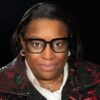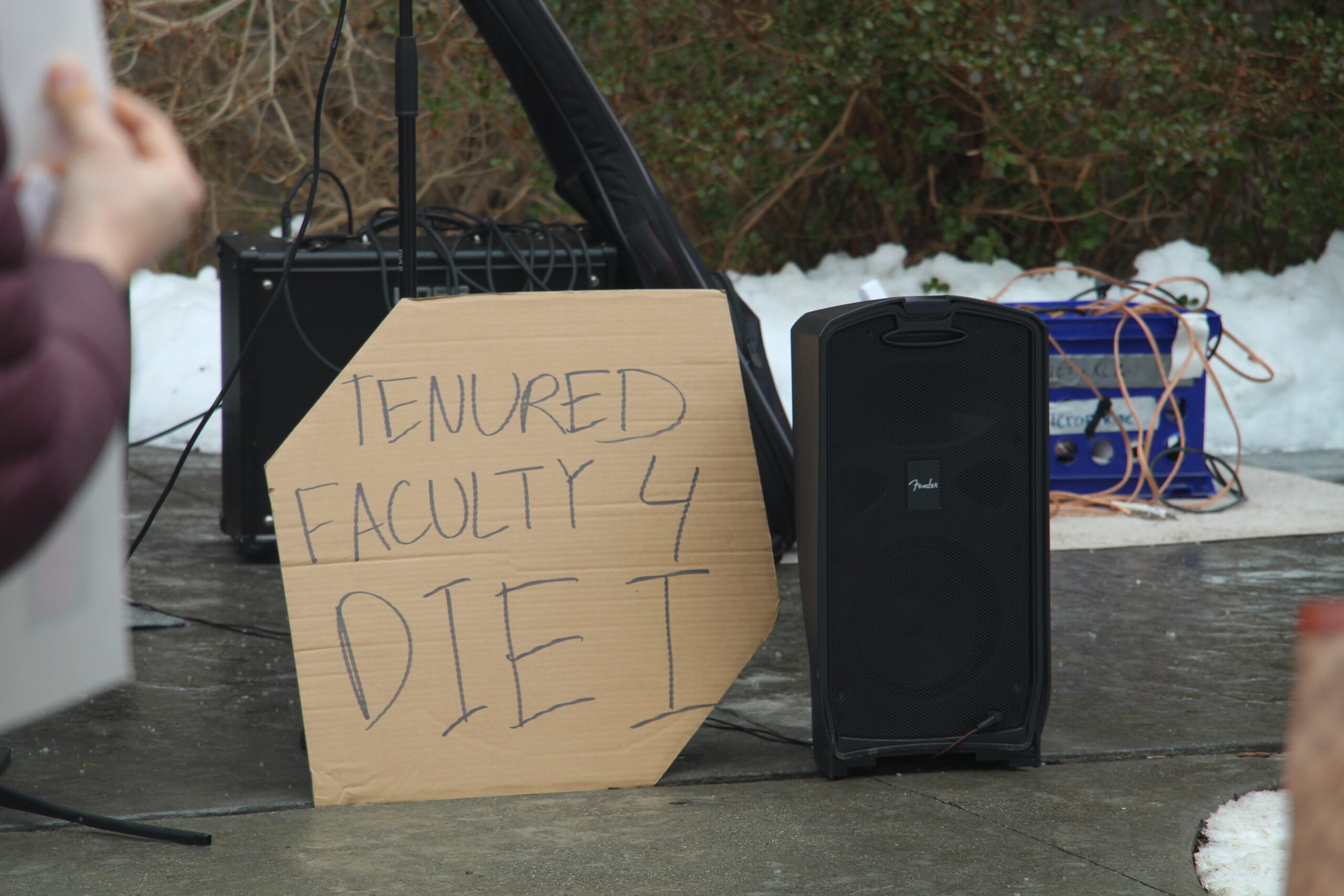Editor’s note: this article was originally featured in our Mar. 30 printed issue.
Due to recent events in the College’s community, its Center for the Comparative Study of Race and Ethnicity (CCSRE) has been mentioned quite frequently in conversations across campus. It started in 2005 through the work of its first director, David Kim, Associate Professor of Religious Studies and chair of that department; Sandy Grande, Associate Professor and Chair of Education; and Tracee Reiser, the Associate Dean for Community Learning; among others. It “comes out of activism” regarding diversity on campus, said the current director, Associate Professor of History Leo Garofalo.
Located in “The Pink House” (740 Williams Street) its purpose is “to create an intellectual space for the generation of ideas [about race and ethnicity]” Garofalo said. By bringing “faculty, staff and students together in [the Pink House],” research concerning race and ethnicity in and across multiple disciplines is “centered” in one place instead of being fragmented across the College’s academic departments and programs, and thus weakened. Although, as Associate Professor of English Courtney Baker said, the CCSRE does call “the administration [into] account” sometimes, “cultivating a set of standards for what it thinks an intellectual community that is equitable” should follow, it is not in place only – or even primarily – to handle crises.
“It’s not,” Professor Baker said, “just people talking about their experiences and feelings.” Rather, it’s “a safe space” for research relating to race and ethnicity that recognizes that those topics, and the sociality of Conn, benefit from “intellectual support.” Interested since its founding in furthering inclusive excellence, the CCSRE steering committee is vocally involved in how Conn will concretely support its advertised goal of inclusive excellence.
It does this work of improving Conn’s inclusivity and working to achieve full participation by serving as a “think tank,” Garofalo said, for topics of race and ethnicity and, as its mission statement notes, “other categories of difference.” As such, it doesn’t offer a certificate, major or minor. Instead, it supports “knowledge production” across the campus community: faculty and student research and programming (lectures, film screenings and other events) related to issues of power, structural inequality and social justice. It helped to start the new Global Islamic Studies program, which, like the Center itself, is transnational and aware of how identities intersect with one another. Associate Professor of History David Canton and Professor Baker are working to revitalize and restructure the Africana Studies major.
The Center hopes to make these and other interdisciplinary programs permanent, to “seed ideas, seed initiatives [and] to plant them broadly,” Professor Garofalo said. The goal is that “categories of difference” become ever more widely addressed at Conn; the CCSRE is, for example, considering ways that it can be a part of the eventual general education requirements. As a past director, Professor Canton said that the CCSRE wants “to get everybody thinking.” It does not matter where someone starts, “[they] can get engaged.”
While faculty involvement in the Center is generally through research and planning programs, students can become involved mainly through Comparative Race and Ethnicity (CRE) courses. The designation allows “faculty across campus,” Garofalo said, “to flag that they actually deal with race and ethnicity directly” in a given course. This semester, for example, American Studies, Gender and Women’s Studies, History, Dance, English, Anthropology, Art History, Education, Religious Studies and Psychology all offer CRE courses; a CRE course about theorizing race and ethnicity is also offered.
As the variety of departments offering CRE courses suggests, the CCSRE is not dependent upon a given department. It’s comparative, “inviting multiple studies of race [and ethnicity],” Baker said. Race and ethnicity are “useful and helpful discursive paradigms … that benefit multiple objects of study;” while faculty members in different departments are “not looking at the same object of study,” they can use some of the same lenses. Professor Baker offered a couple of examples where the paradigm of race and ethnicity can prove invaluable: her own department, English; and Math. English offers a concentration in Race and Ethnicity (as do other departments, including American Studies and History). But the English concentration “[is] not taken advantage of.” Baker wants “more students to recognize that literature and art … are places to study race and ethnicity.” There is “a misconception,” she said, that one needs to work in the social sciences in order to study race and ethnicity. That’s not the case. The history of mathematics, she offered, is another example of where the paradigm of race and ethnicity could prove invaluable – despite math being a field that an observer wouldn’t necessarily think of as one that involves questions of race and ethnicity.
Power, privilege and otherness impact every field and every country; “all the [oppressive] language is the same across fields and countries, or at least similar, David Canton contended. The work of the CCSRE allows the college community to realize this. •










[…] leave of absence. That same day, the Center for the Comparative Study of Race and Ethnicity (CCSRE) issued a formal condemnations of hate speech, citing “the Facebook post of a certain faculty […]